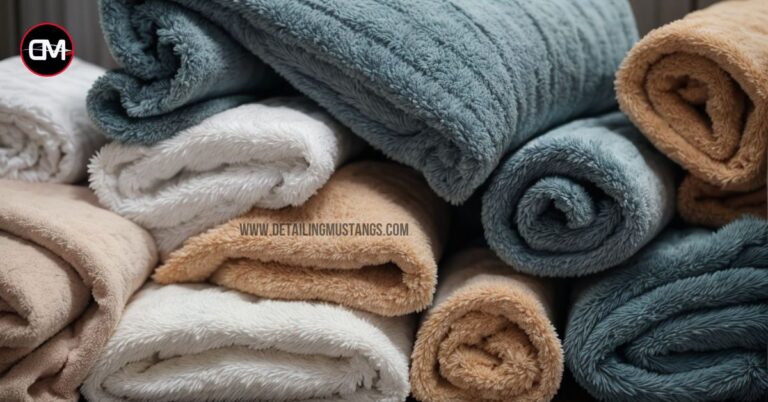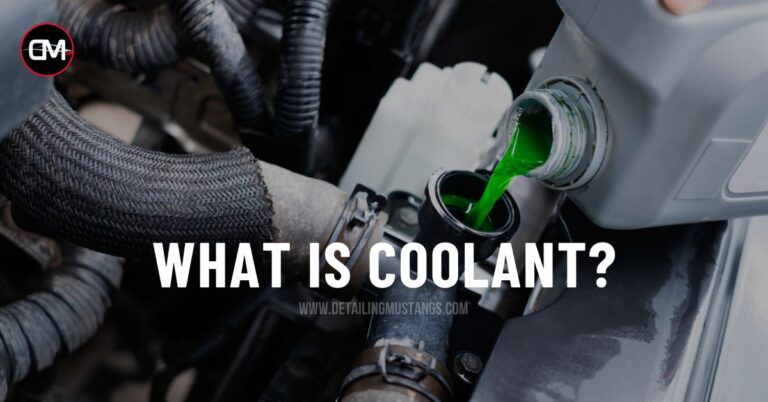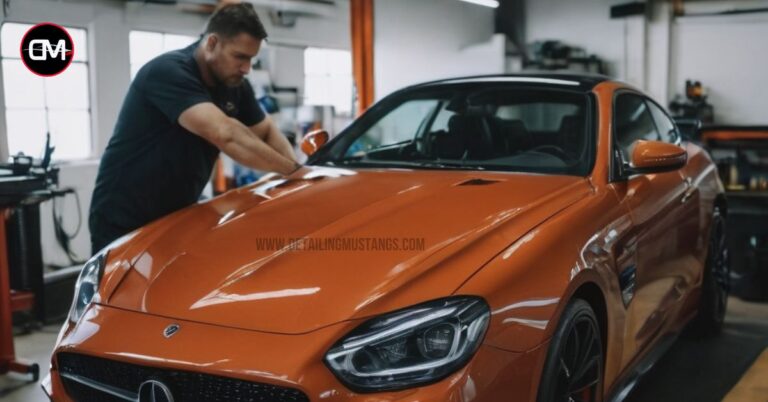Unveiling Brilliance: The Ultimate Guide to Ceramic Coating for Cars
Are you considering ceramic coating for your car and want to know more about it? Read on to find out what ceramic coating is, its benefits, features differentiating it from graphene coating, and the pros and cons of applying ceramic coating to your car.
I. Introduction to Ceramic Coating for Cars
Ceramic Coating is an advanced coating system that provides an extra layer of protection to the car’s exterior. Unlike traditional coatings, such as paint and wax, ceramic coating encourages a kind of cross-linking of molecules between the car’s surface and the outer protective layer. This result in incredible levels of gloss and protection, greater than what can be achieved with traditional methods. The protective layer created also helps keep dirt and grime off your car, making it easier to clean.
Graphene Coating is similar to ceramic coating but its molecules have only one atom in each layer, making it much more durable compared to ceramic coatings which usually feature a few atoms per molecule. It provides superior scratch resistance, higher UV stability, increased abrasion resistance due to the strong binding forces between the graphene layers and is resistant to chemical corrosion.
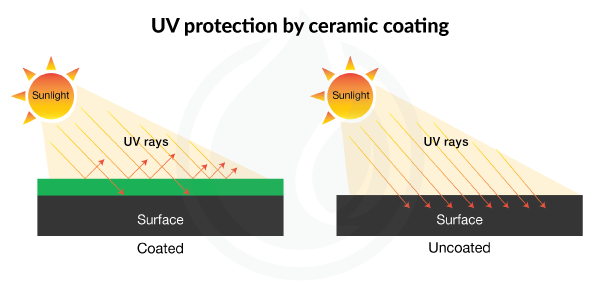
When considering applying a ceramic or graphene coating on cars there are many benefits such as improved gloss of up to 90%, better levels of protection against both weathering and corrosive spills as well as an improved overall aesthetic due to long-term gloss retention potential from either type of product.
Additionally, both coatings are hydrophobic meaning water beads off your car for easier cleaning in addition to offering spectacular levels of scratch resistance when compared with traditional waxes or paints that degrade over time when exposed to environmental pollutants or even road debris (stones/sand).
However, despite the advantages there are some disadvantages that one should consider when optimizing their vehicle, such as labor cost related expenses if DIY application isn’t chosen instead (such as having a professional detailer apply) since both ceramic & graphene coats typically require mechanical polishing prior hand for best results leading potential customers into investing upwards from Rs.15,000 per treatment.
To conclude, Ceramic & Graphene Coating offer paramount performance with outstanding longevity which make them sound investments capable of being optimized into practically any budget while enhancing any cars’ overall appearance while offering amazing protection similar if not better than other more conventional forms (Such as sprays/waxes).
II. How is Ceramic Coating Different from Graphene Coating?
Both ceramic coating and graphene coating are innovative surfaces that can be applied to automotive finishes in order to provide superior protection from the elements, UV light, pollutants, and more. However, there are some key differences between these two types of coatings that you should consider before making a decision as to which one is right for your car.
Ceramic coating is a liquid polymer with very small particles that apply directly onto your car’s surface and harden into a protective film. It forms an incredibly tough layer of protection from things like dirt, dust, bird droppings and other environmental factors like temperature fluctuations or acid-rain exposure.
The particles in the coat bind with the clear coat on your car providing superior protection and also offering a deep shine or gloss finish as an added benefit.
Graphene coating differs in its composition in that it is a single layer of graphite molecules tightly held together by carbon bonds transforming them into a sheet-like structure much tougher than steel but light enough float on air.
Graphene has been proven to have up to fifty times more resistance to scratches than normal paint while being only 1/100 the thickness of regular paint meaning it provides better coverage and protection than traditional automotive coatings.
Additionally, graphene reflects infrared radiation much better than conventional coating which keeps temperatures cooler even under direct sunlight exposure.
When deciding between ceramic vs graphene coated cars, it is important to consider potential pros and cons of each option:
- Ceramic bases come with impressive water beading effects but require semi-regular maintenance for best results whereas graphene guarantees prime protection without much maintenance required.
- Graphene also outperforms when it comes to scratch hardness giving you twice as much cover from hazardous elements like dirt or debris plus its IR blocking capabilities will keep surfaces cooler for longer periods ensuring superior performance over time whereas ceramic doesn’t offer this same edge when we talk about thermal management abilities.
In conclusion both have their pros & cons but graphene offers stronger UV & water protection as compared with ceramic hence might be chosen over ceramic depending upon your requirement & usage conditions of your vehicle.
III. Benefits of Ceramic Coating on Cars
Ceramic coating is an innovative paint protection technology that can help protect a car’s exterior from harmful environmental elements like UV rays, dirt, and grime. This makes it an ideal option for those who want to keep their vehicle looking good for longer.
One of the primary benefits of using a ceramic coating on your vehicle is that it will increase durability and help protect your car’s exterior against daily wear and tear. The protective layer that is created helps resist scratches, dirt, and other contaminants making it easier to clean and maintain your vehicle’s appearance without needing to take any additional steps such as waxing or polishing.
The chemical composition of ceramic coatings also ensures a stronger bond between the paint and its surface which can help reduce fading over time due to exposure to harsh weather conditions like sun and rain.
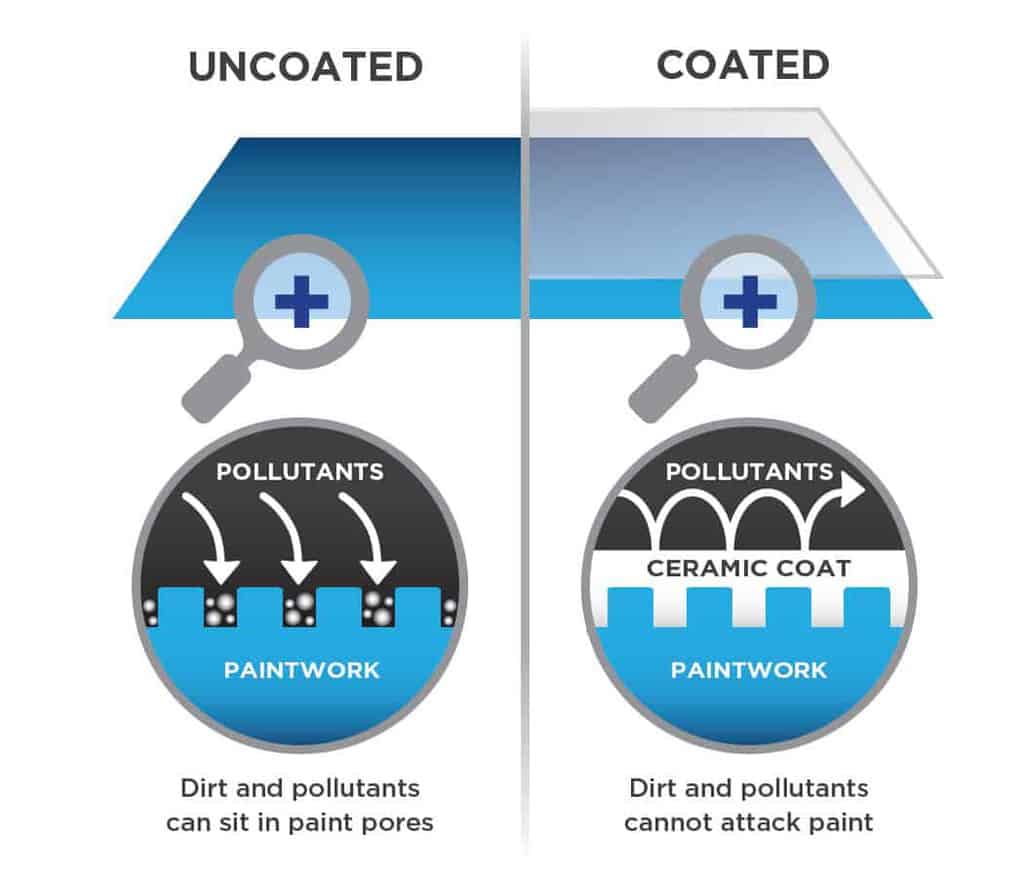
Additionally, ceramic coatings offer improved hydrophobicity meaning that water has difficulty beading up on the car’s surface like it would with untreated surfaces. This also makes cleaning easier as there is less dirt buildup over time allowing you to remove contamination more quickly when washing your vehicle.
Another useful benefit from this improved hydrophobicity is anti-icing where road salts won’t stick as much during colder winter months making it easier for you get around safely even during inclement weather conditions.
IV. Pros and Cons of Ceramic Coating on Cars
Ceramic coatings offer a unique solution to car paint protection. The coating is made up of ceramic particles suspended in a liquid polymer, which gives the coating its protective properties and ability to reflect heat. This type of coating offers many advantages over traditional wax-based products. It’s more durable, resists the elements, and has the ability to repel dirt and water longer. In terms of cost, ceramic coatings can be quite expensive but many consider it to be well worth the expense due to its longevity and benefits in protecting car paint.
Pros:
- Better protection from contaminants like bird droppings, tree sap, bug splatter, road salt and acid rain
- Reduced need for frequent car waxing
- Improved appearance due to glossier shine
- Less maintenance required
- Improved scratch resistance
Cons:
- Not suitable for cars with existing scratches or damage as this will not be masked or covered up by the ceramic coating
- Requires professional application that can significantly add to its cost depending on how large a vehicle is involved
- Improper application would mean that respraying may be an additional expense if necessary
- More abrasive cleaning materials like acid wheel cleaners should not be used on surfaces with ceramic coating in order to prevent damage from occurring
In conclusion, when applied by an experienced professional with high quality equipment, ceramic coatings provide lasting protection for car paintwork along with improving its aesthetics significantly.
While it does have some drawbacks associated with it due to its higher cost compared to traditional waxes and sealants methods of vehicle detailing, many people find that these factors outweigh any negatives in light of the added protection and improved longevity offered by using a protective ceramic coating on their vehicles.
V. Factors to Consider Before Applying Ceramic Coating
Before opting to ceramic coat your vehicle, it is important to weigh the pros and cons of using ceramic coating. As this technology is relatively new, many people are unaware of the differences between ceramic coating and other car paint protective layers such as wax and graphene coating.
The main advantage of ceramic coating is that it provides an additional layer of protection against environmental damage such as sun, rain, snow and hail. Besides being an effective barrier for UV rays, ceramic coatings are also far more hydrophobic than common car waxes, keeping your car cleaner for longer periods of time when compared with traditional wax treatments.
This high-water repellency also makes cleaning a breeze – simply rinse off dirt and debris with a hose or a pressure washer. Additionally, most quality ceramic coatings boast anti-corrosion capabilities to protect your car’s paint from deterioration over time.
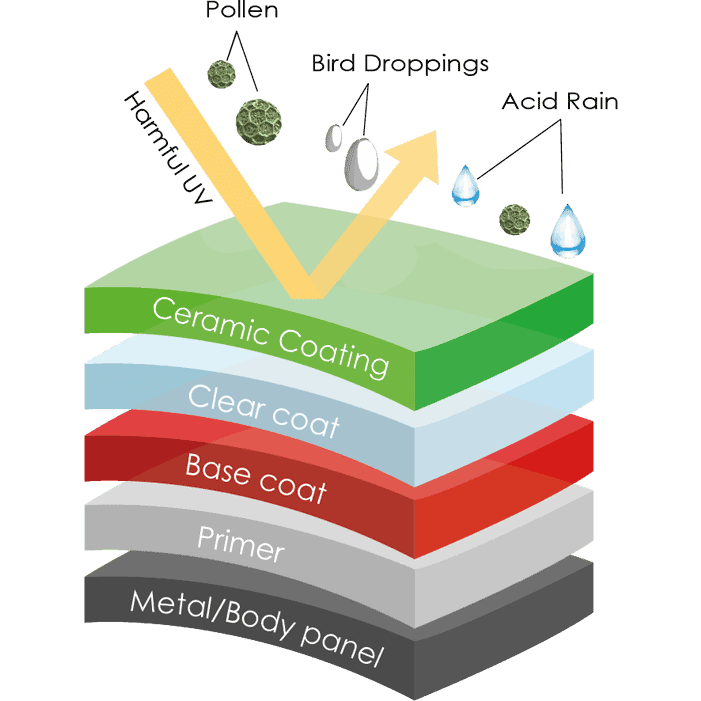
However, there are some drawbacks to consider before applying ceramic coatings on your vehicle’s surface. First, these treatments tend to be more expensive than regular waxing treatments due to their high-tech nature and the length of time they take to apply correctly – typically taking a full day or more in some cases!
In addition to being a costly endeavor initially, you must factor in the cost of maintenance afterwards; after six months or so it may require reapplication depending on climate conditions. Ceramic coatings may also dull or “yellow” over extended periods in direct sunlight – while this doesn’t hinder protection significantly you may need to opt for harder-wearing graphene protective film instead if you live in especially sunny areas with high UV exposure year-round.
In conclusion, understanding all aspects associated with using ceramic coatings on cars will help you choose an appropriate solution for protecting your vehicle’s exterior based on your budget and specific needs.
The effectiveness of different paints protection layers varies from person to person but if cost is not an issue then higher quality protective films such as graphene may be worth considering instead. However if you’re looking for added longevity from your recently purchased paint job or just want extra protection from everyday grime then investing in a good quality ceramic coating may be just what you need!
VI. Different Types of Ceramic Coatings Available
Ceramic coatings are specially formulated liquids that are extremely smooth, hard and waterproof, making them an excellent choice for protecting your car’s paintwork. They form a bond with the clear coat on the surface of the painting to provide a long lasting defense against several elements such as UV radiation, bird droppings and acid rain. Ceramic coatings usually last around two to five years before they need to be re-applied.
There are several types of ceramic coating available on the market today, each designed to meet different needs and protective levels:
- Graphene Ceramic Coating – This is a revolutionary product created by high tech chemical engineering that offers optimal protection against UV rays and abrasive particles in various environments. It also forms an impenetrable barrier for liquid spills which keeps surfaces clean and dry easily. Graphene is more expensive than traditional ceramic coatings but provides better long-term protection with a longer lifespan up to 10 years or more compared with traditional ceramic coating options.
- Nano Technology Ceramic Coating – This type of ceramic coating uses tiny particles (as small as 0.1nm) dispersed through a liquid resin bond solution to provide superior protection from the elements. The micro particles fill in microscopic imperfections within the paint layer creating smoother surface contact points which reduce friction during wiping off dust build up thereby providing superb water repellency properties for your car’s exterior surface finish.
Overall, it is best to consult qualified professionals when choosing what type of ceramic coating you want for your vehicle as different products have distinct characteristics tailored towards specific customer needs or applications such as weather resistance versus increased gloss effects etc.. Nevertheless, all of these mentioned options represent major advances in automotive paint care technology allowing car owners everywhere to experience superior results while keeping their cars looking better than ever before!
VII. Cost of Applying Ceramic Coating
Applying ceramic coating to a car is not an inexpensive task. The average cost of the product and labor can range anywhere from Rs.15,000 to Rs.50,000 depending on the size and type of vehicle. On average, a small job such as a sedan or coupe would cost approximately Rs.15,000. A larger job such as an SUV or truck would cost closer to Rs.20,000 or more. Most ceramic coating jobs also require additional labor hours for proper preparation and application, so these costs must be factored in when calculating the final bill.
The cost for applying ceramic coating will also vary based on the type of shop you use for your vehicle’s maintenance, as well as the number of layers needed for protection. Automotive shops can often offer discounts, so it’s wise to research the prices and services offered by various establishments to get the best deal possible. Additionally, many shops may offer special promotions that could add value to your purchase; however, it is important to understand what each promotion entails before signing up for any services.
VIII. Conclusion
In conclusion, ceramic coating for cars has its own unique set of benefits and disadvantages. It is a good choice for those who want a layer of protection that is longer lasting than waxing or regular paint job. Ceramic coating does require more effort and cost to apply, as well as special methods to care for it. Also, it is important to remember that ceramic coatings are not available in all areas or on all types of vehicles.
Graphene coating is also a popular option for vehicle protection, but the two should not be confused with each other – graphene provides impressive scratch resistance and water repellent properties; however, ceramic will provide superior water-repellence and heat resistance over graphene coatings.
Ultimately, the decision on which type of coating – ceramic or graphene – to use lies with the owner of the vehicle when considering their specific needs and wants when it comes to vehicle protection. With knowledge about both types of coatings and through research into what each can offer in terms of benefits over one another, this decision should become clearer.





